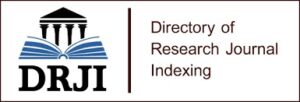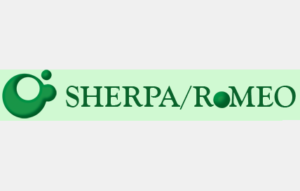Greenhouse Gas Emissions from Livestock Operations – Mitigation Options in the African Tropics for Sheep and Goats
This study evaluates methane emission trends in livestock production and explores potential mitigation strategies, including feed manipulation and microbial interventions. Methane forms about 44 % of livestock emissions. The rest is shared between Carbon dioxide (27%) and Nitrous oxide (29%). Cattle emit the highest, about 65 % of the livestock production emissions. Feed processing, production, and enteric fermentation from ruminants are the two major sources of emissions, contributing 45 % and 39 % of total emissions respectively. Methane emitted from ruminant livestock is regarded as a loss of feed energy and a contributor to global warming. Methane is synthesized in the rumen as one of the hydrogen sink products that are unavoidable for efficient succession of anaerobic microbial fermentation. Various attempts have been made to reduce methane emission, mainly through rumen microbial manipulation, using agents including chemicals, antibiotics, and natural products such as oils, fatty acids, and plant extracts. A newer approach is the development of vaccines against methanogenic bacteria. Manure storage and processing forms 10 % and the rest is attributed to transportation and animal processing. On product-basis, milk from cows and beef are responsible for the most emissions, contributing 20% and 41% of the sector’s total greenhouse gas (GHG) outputs respectively. Storage of manure and supply of feed form the bulk of emissions in pig production while supply of feed forms the bulk in poultry. Optimized feeding strategies and microbial interventions are examples of targeted mitigation strategies that can improve sustainability by lowering emissions associated with livestock production. It is concluded that the targeted mitigation strategies are critical for livestock methane emissions as they contribute to greenhouse gases. Optimized feeding, microbial interventions, and selective breeding can enhance sustainability. Meeting these challenges will sustain livestock productivity with a decreased environmental impact.
Keywords: Enteric fermentation, Livestock greenhouse gases, Methane emissions, Methane reduction strategies, Rumen microbial manipulation




















